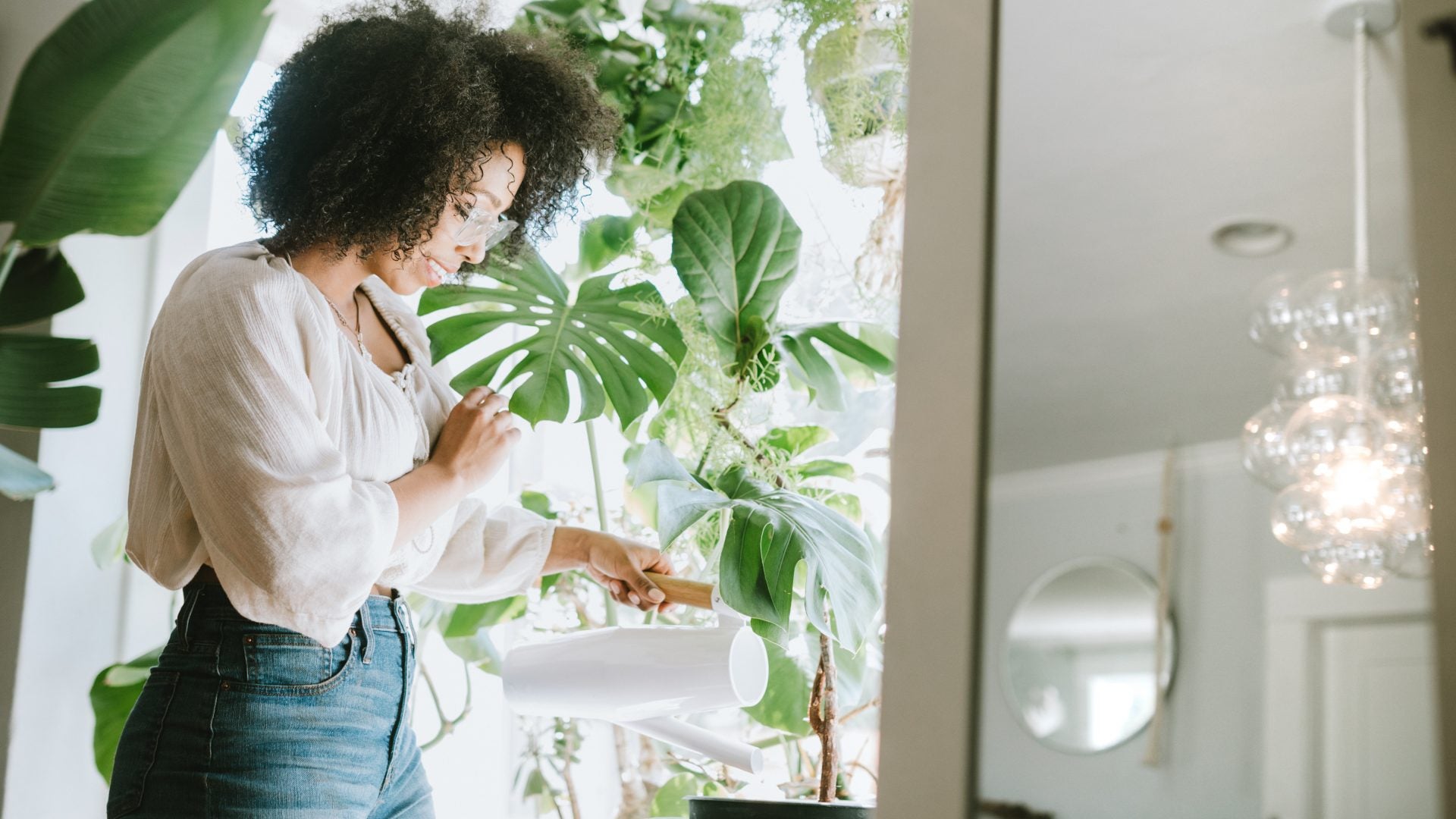
Hi, my name is Danielle and I kill houseplants. I know, I feel the judgemental eyes, but I also know I’m not alone. Getting a plant for your home always sounds good in theory, but if you’re anything like me, it’s only a matter of days before your black thumb claims another victim.
It’s an emotional rollercoaster that could almost make you believe that Black Girl Magic has its limits. Almost. However, where there’s a will, there’s a way and keeping your plants alive doesn’t have to be an exercise in defeat. With a little practice and a few of our helpful tips, you can tap into your inner garden goddess and turn your home from a plant nightmare into a leafy-green dream.
Choose Your New Friend Wisely
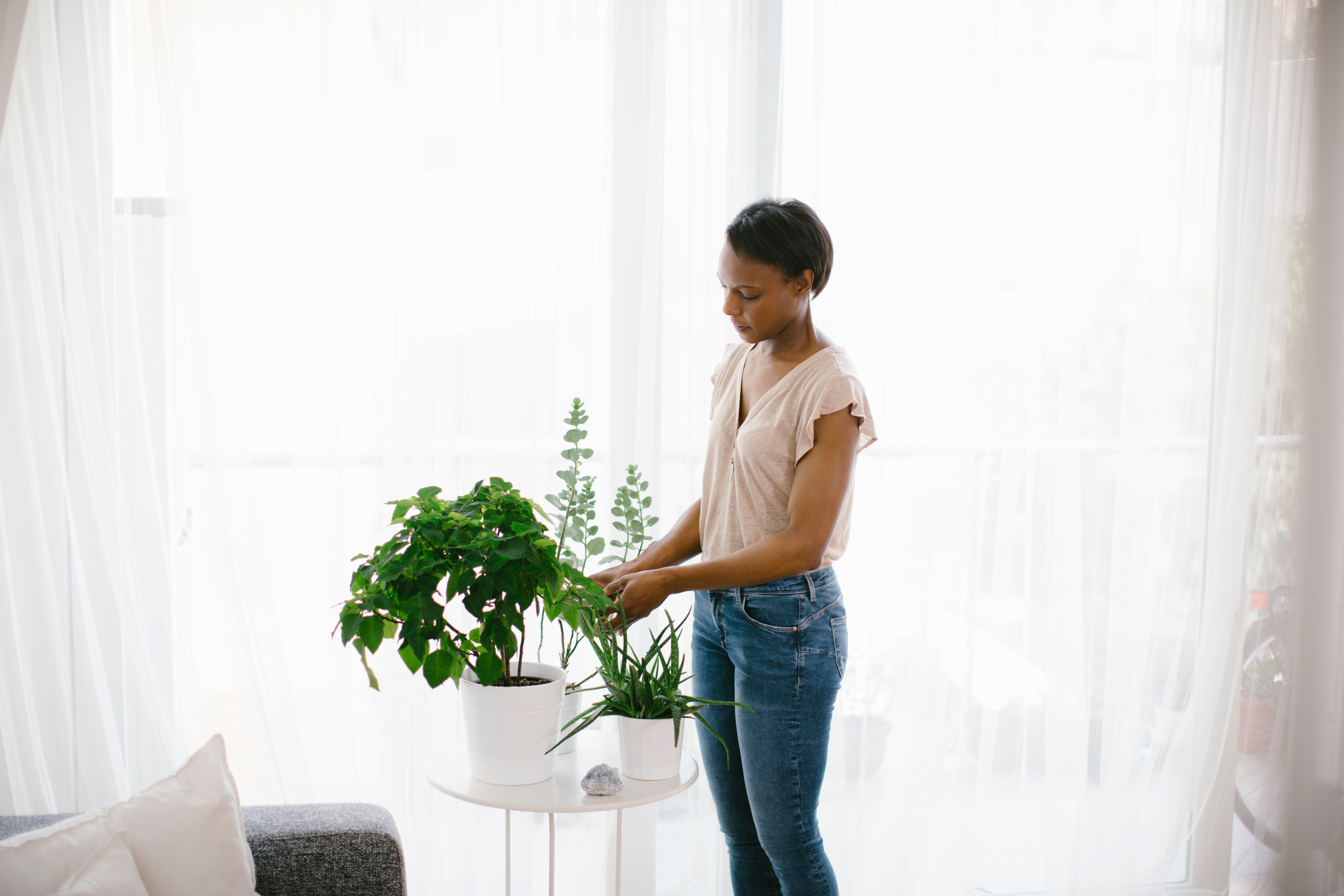
Picking the perfect plant for your home isn’t as easy as choosing a plant you think looks pretty. However, the look doesn’t determine how easy or difficult it will be to maintain. If you want to up your odds at keeping your new friend alive, choose wisely and bring home snake plants, fiddle leaf trees, assorted ferns, and pothos.
Set The Mood
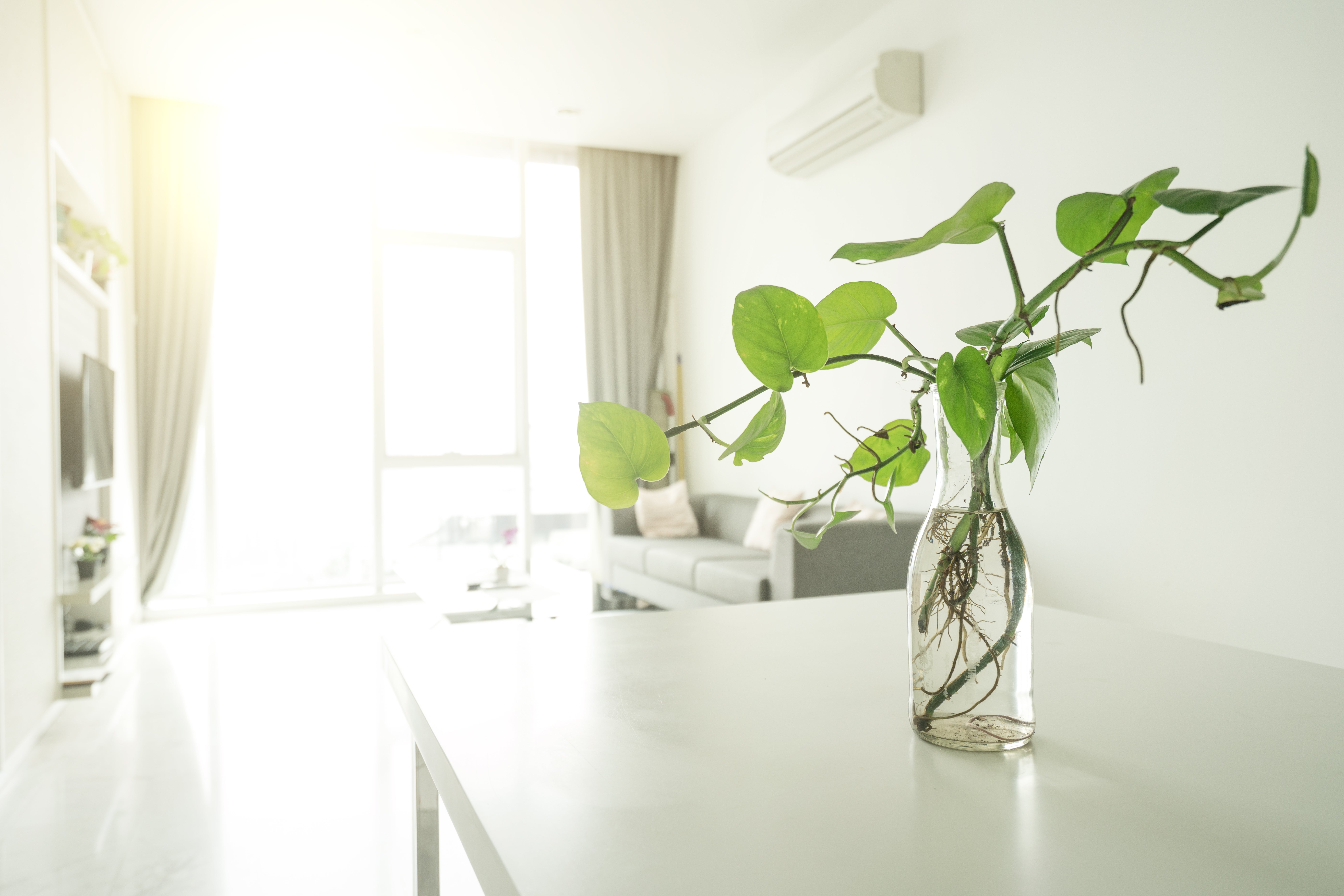
Often times we buy plants for our home and assume a good spot on a countertop or window sill is all they’ll need to survive. However, in order to not end up with another dead plant, you have to create the right environment. Bright, non-direct light and good humidity make for happy plants. Remember, natural light is best, but if that’s not possible grow light bulbs are a quick fix.
Plant Food For The Soul
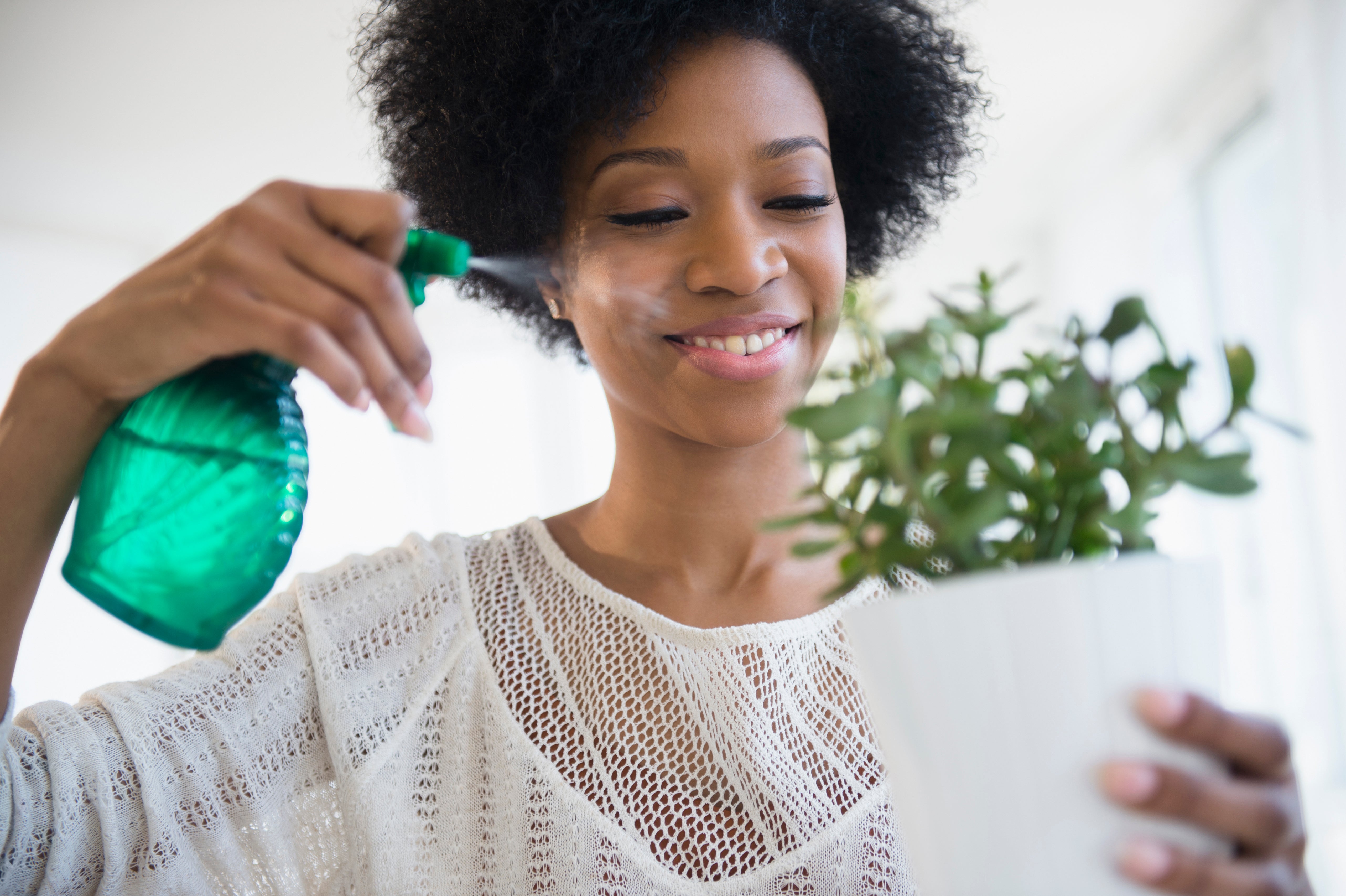
From making sure you’re doing things like adding activated carbon to soil to help fight bacteria to using rainwater or distilled water, what you feed your plant matters. You also want to make sure that you don’t overwater your plant, and stick to watering every seven to ten days (water directly into the soil for best results). Make sure you use clay/terracotta pots for excess water drainage as well.
Trim For Growth
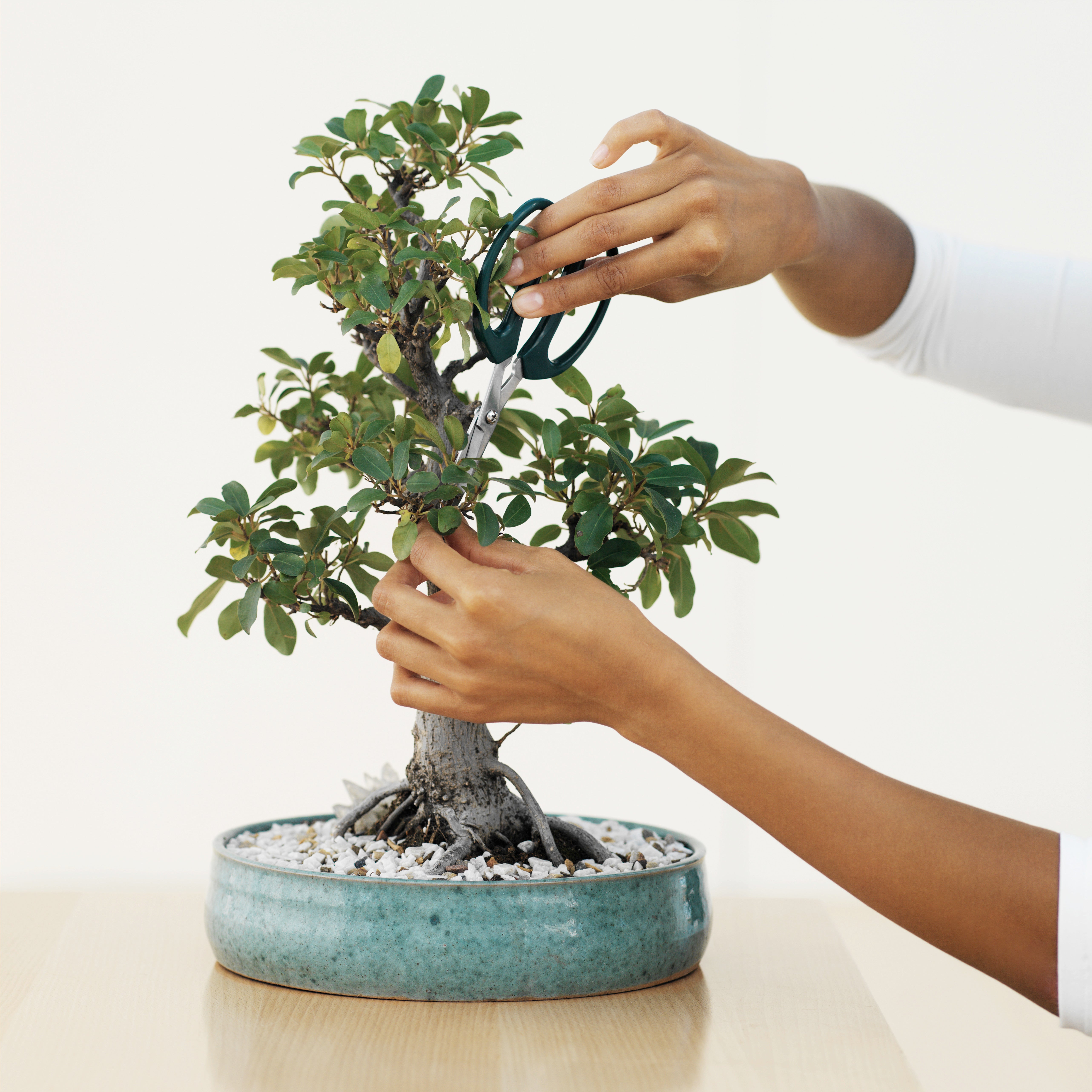
Just like our hair, plants need a good trim every now and then to help them grow tall and strong. Depending on your particular plant, pruning should happen early spring before the growing season, or at the end of the season in the fall. Use sharp scissors or garden shears to remove dead leaves and limbs at a 45-degree angle. Remove 10%-20% of the foliage, anything more will make it difficult for it to grow properly.


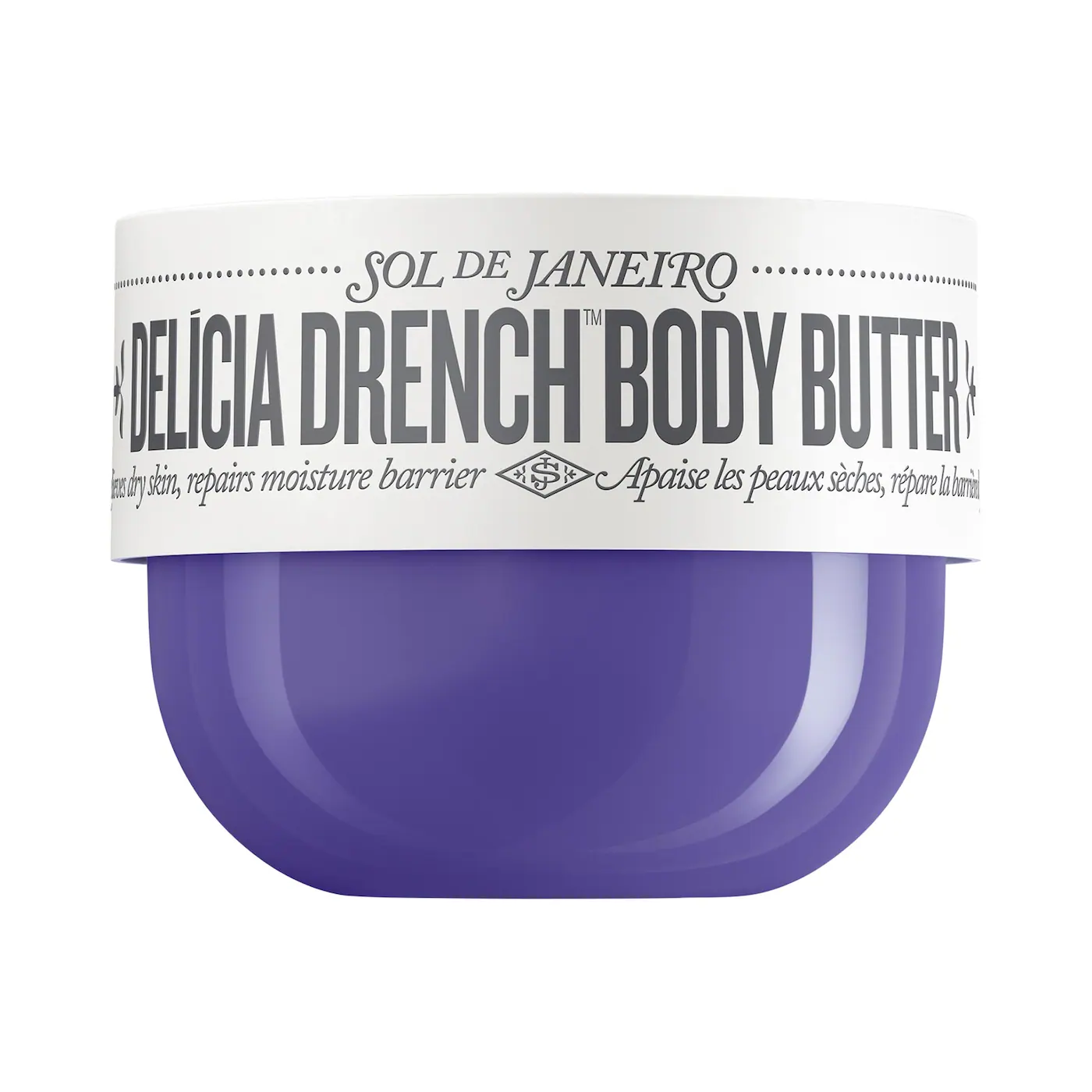




Happy gardening!






